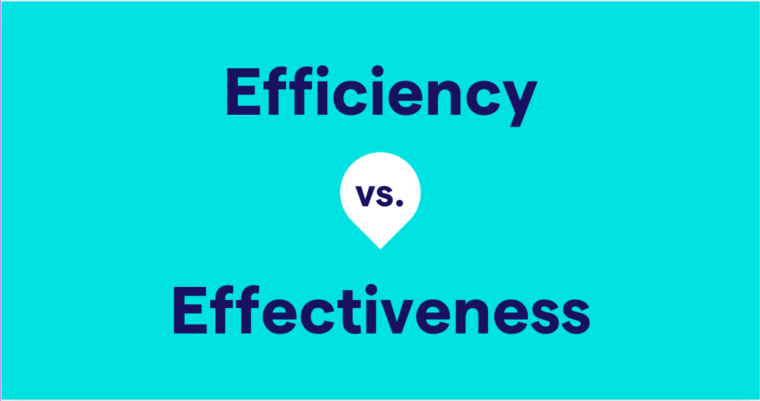Amongst and among mean the same thing, but among is more common, particularly in American English.
Among and amongst definition
Both words are prepositions that mean “into, surrounded by; in the midst of, so as to influence; with a share for each of; in the number, class, or group of; mutually; or by all or with the whole of.”
Among is the older version of the word, tracing its roots back to Old English. Amongst appeared in Middle English. During this period, the English language added sounds to some words to form adverbs. In modern English, we still have some words like that, such as once, always, and unawares. Amongst, whilst, whence, and amidst may sound dated to some, but they’re still part of the language.
Amongst examples from literature
“Voldemort himself created his worst enemy, just as tyrants everywhere do! Have you any idea how much tyrants fear the people they oppress? All of them realize that, one day, amongst their many victims, there is sure to be one who rises against them and strikes back!”
—Harry Potter and the Half-Blood Prince, J.K. Rowling
“But the bravest man amongst us is afraid of himself.”
—The Picture of Dorian Gray, Oscar Wilde
“An enemy at the gates is less formidable, for he is known and carries his banner openly. But the traitor moves amongst those within the gate freely, his sly whispers rustling through all the alleys, heard in the very halls of government itself.”
—Marcus Tullius Cicero
“Reality is the leading cause of stress amongst those in touch with it.”
—Jane Wagner
Though the meaning of among and amongst is the same, the frequency of use is not. Among is much more popular than amongst. The Oxford English Corpus counts about 10,000 mentions of amongst in American writing. However, among appears over 300,000 times. The difference is less extreme in British English and other international English dialects, but among is always more common.
Because it appears less often than among, amongst can seem foreign, pretentious, or even incorrect. Then again, one blog quotes Merriam-Webster’s Dictionary of English Usage as saying that the commentators who call amongst quaint or overrefined are “off-target.”
Among vs. between
Use among (or amongst) to describe collective relationships: The key was hidden among the papers covering the desk. Use between when a one-to-one relationship or multiple binary relationships: The treasure map had been stuffed between the sofa cushions.






